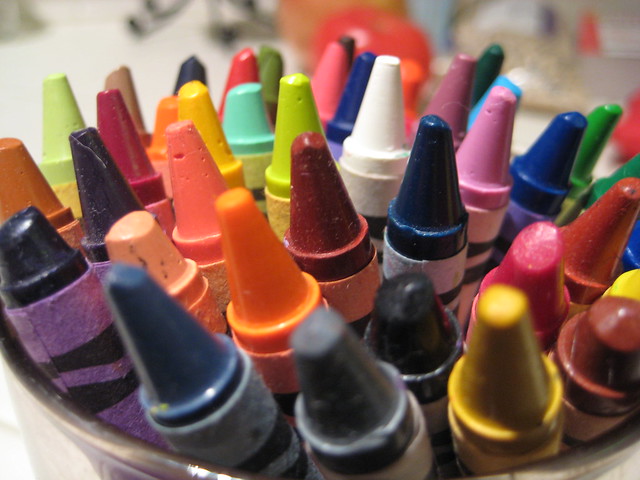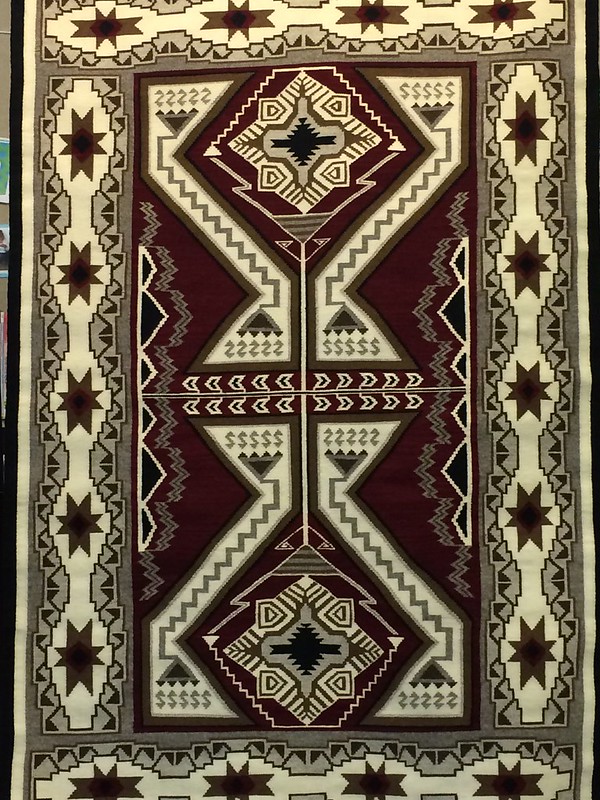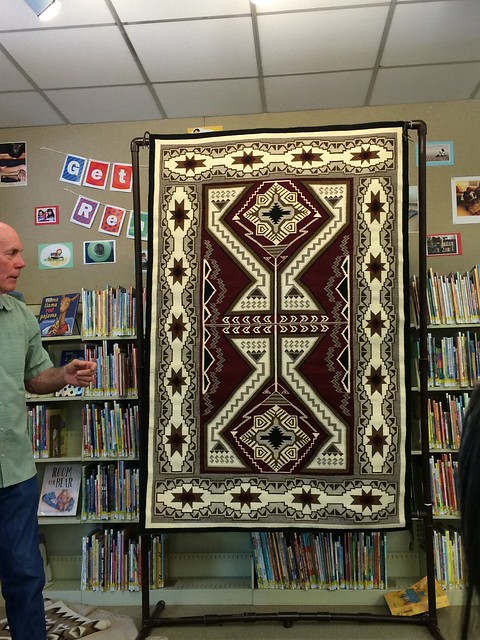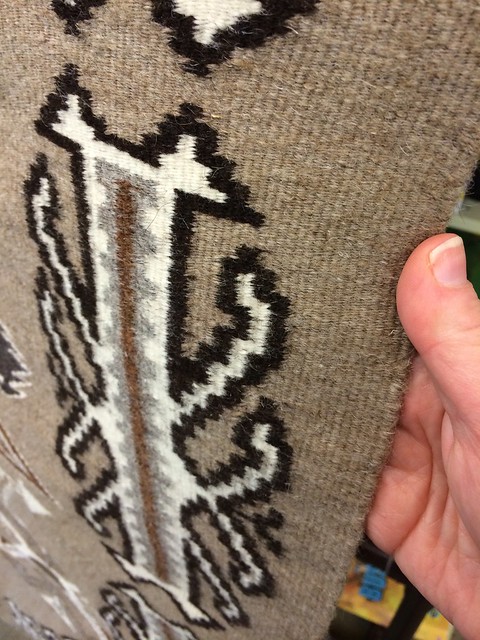In fourth grade at lunch break my classmates would run around the playground, unleashed from the confines of the classroom. I can’t remember exactly how much time we were given, but it wasn’t long enough to tire everyone out so we would be settled and ready for more learning in the afternoon.
I look back now and see the genius of our teacher, Miss Gardener, who handed out intricate abstract design pages for us to color as we walked in the door. For the next half-hour we would color while she read to us. The soothing activity calmed us all and in minutes even the unruliest kids had settled.
I’ve been following the activities of Lisa Congdon since I took her CreativeBug drawing class and a few weeks ago she posted on Instagram about working on a coloring book for adults. Then while browsing a local bookstore, I came across the intricate work of Johanna Basford and was immediately taken back to that fourth grade classroom. In researching Basford’s other books, I found they were sold out! (I ended up waiting two months for The Secret Garden.) I soon discovered that coloring books for adults, including Basford’s, are outselling cookbooks and other more traditional books. Today’s list of Amazon bestsellers shows four different books in the top 20, some ahead of Stephen King’s new thriller.
What’s going on?
The trend started in France over a year ago when a publisher started marketing a few books as “art therapy,” and French women started grabbing them up. It took a while for the enthusiasm to reach the United States, but it is certainly here now, probably thanks in part to social media and Zooey Deschanel also posting about Secret Garden on her Facebook page. Now you can find a color book for your personality:
Here are a few:
Balance: Angie’s extreme stress menders volume 1 by Angie Grace
The Mindfulness Coloring Book: Anti-Stress Art Therapy for Busy People by Emma Farrarons.
Color Therapy: An Anti-Stress Coloring Book by Cindy Wilde, Laura-Kate Chapman and Richard Merritt
Color Me Fierce! by Nike Desis (2008).
Coloring for Grown-Ups: The Adult Activity Book by Ryan Hunter and Taige Jensen (2012).
Does it really work?
“One of the first psychologists to apply coloring as a relaxation technique was Carl G. Jüng in the early 20th century,” reports the Huffington Post. “He did this through mandalas: circular designs with concentric shapes…with origin[s] in India.”
Psychologist Gloria Martinez Ayala explained in a blog post that when adults color, it “brings out our imagination and takes us back to our childhood, a period in which we most certainly had a lot less stress.â€
She explains why coloring works as a de-stressor: “The action involves both logic, by which we color forms, and creativity, when mixing and matching colors. This incorporates the areas of the cerebral cortex involved in vision and fine motor skills [coordination necessary to make small, precise movements]. The relaxation that it provides lowers the activity of the amygdala, a basic part of our brain involved in controlling emotion that is affected by stress.â€
Want to try it?
Here are a few free pages to download.
From Johanna Basford: Enchanted Forest Samples (pdf), Valentine Heart (jpg), Christmas Star (jpg)
From Emma Farrarons: Mindfullness Coloring Book Sample (jpg)
From Coloring For Grownups: New Year’s Day
Another source is everyone’s favorite image search place, Pinterest where pinners create their own coloring page boards.
Here’s mine:
Listen to an NPR interview with Johanna Basford:
If you would like to support me, I will receive a small commission if you buy these and other books via Book Depository (free shipping worldwide)








